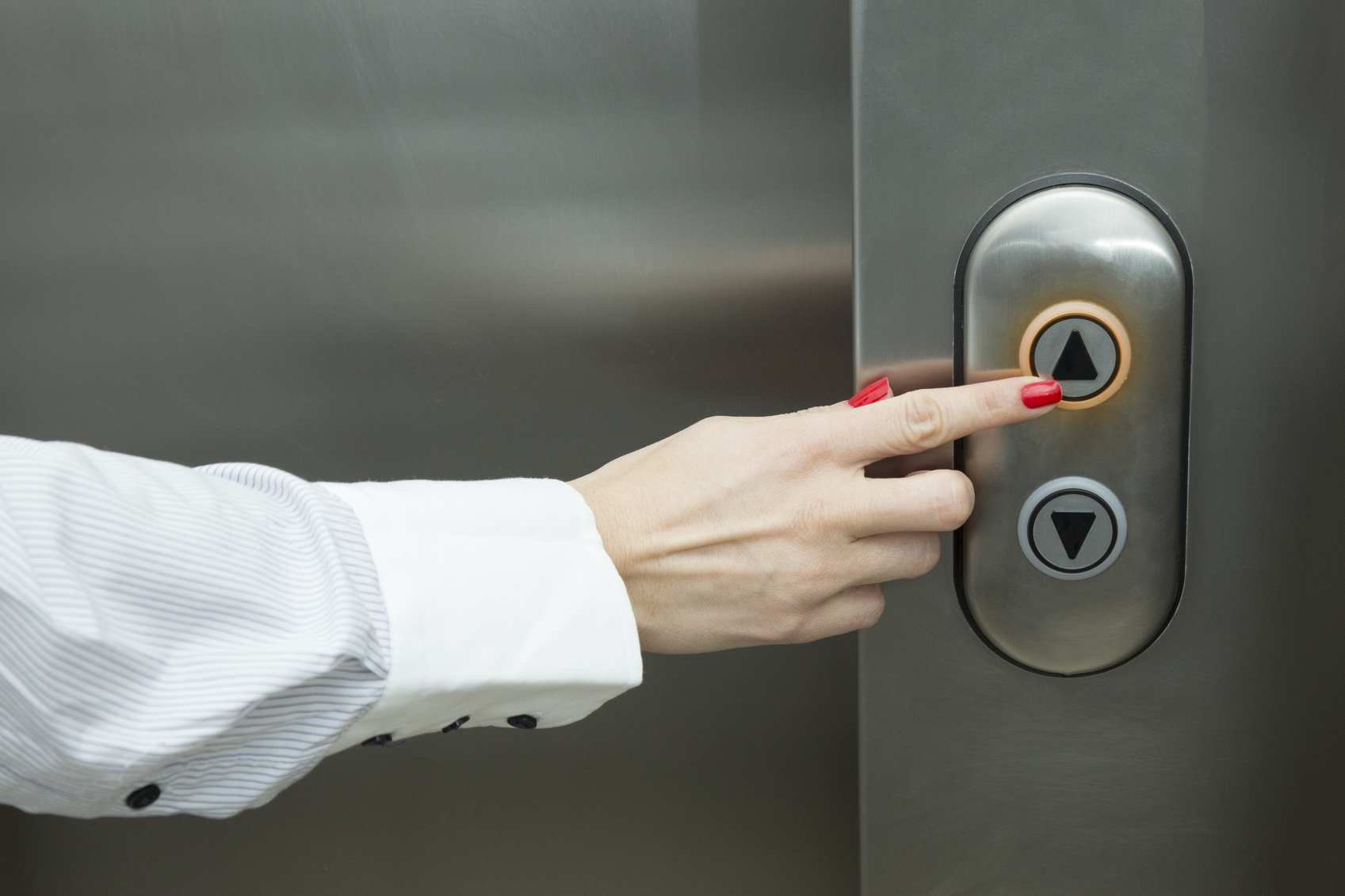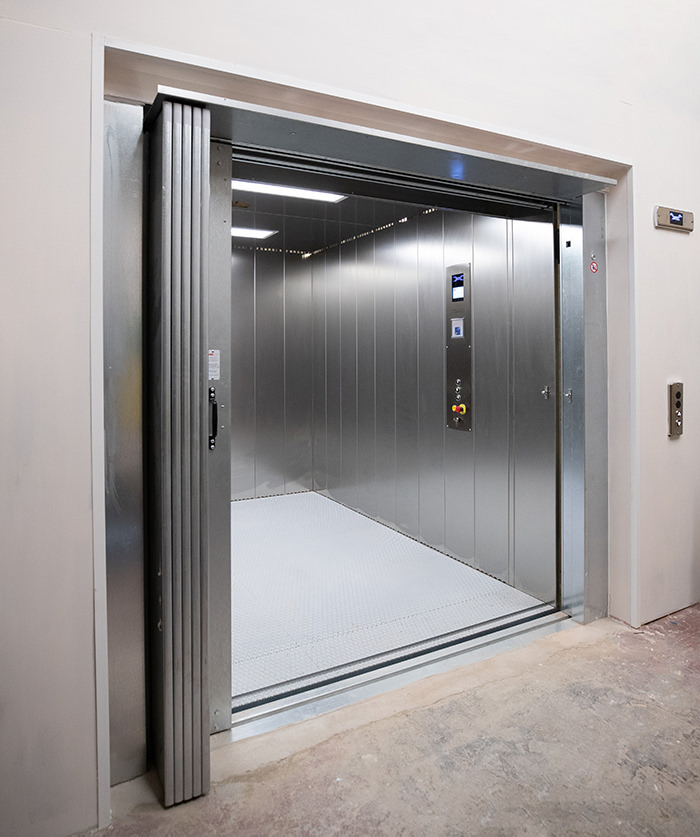Looking Into the World of Elevators: Usual Concerns Encountered by Different Lift Mechanisms
As we browse through the upright transportation systems of modern-day buildings, lifts stand out as an essential part of our every day lives. Nonetheless, behind their smooth operation exists a world of elaborate mechanisms that can often come across challenges. From hydraulic lifts to traction systems and machine-room-less styles, each lift type comes with its collection of usual concerns. Comprehending these difficulties is critical for guaranteeing the smooth functioning of these essential systems. Allow's explore the intricacies that underlie the procedure of lifts and the prospective issues that can emerge, clarifying the complex web of lift systems.
Hydraulic Lifts
Hydraulic elevators, usually favored for low-rise structures, utilize fluid stress to manage the activity of the lift car (lift repair companies). This system entails a hydraulic pump pushing oil into a cylinder, triggering the elevator to relocate the desired direction. While hydraulic elevators are known for their silent and smooth operation, they do feature their own collection of typical concerns
One common problem with hydraulic lifts is oil leak. The seals in the hydraulic system can put on out over time, causing oil infiltration. If left unaddressed, this not just produces a mess yet can likewise impact the lift's efficiency. Additionally, issues with the control system, such as damaged valves or a malfunctioning pump, can cause interruptions in the elevator's activity.
Regular maintenance and timely repair work are necessary to ensure the smooth performance of hydraulic elevators. By dealing with these usual issues proactively, building owners can reduce downtime and make certain the safety and security and efficiency of their vertical transportation system.
Grip Lifts
When considering vertical transport systems in structures, one more typical type other than hydraulic elevators is the grip lift. Traction lifts operate using a system of ropes and weights that move the lift car by gripping onto the hoist ropes. This system enables for smoother and much faster vertical transport compared to hydraulic systems.
One of the common issues faced by traction elevators is rope wear. The constant motion of the ropes within the grip system can result in put on and tear gradually, potentially creating the elevator to malfunction or come to be unsafe for use. Regular inspections and maintenance of the ropes are vital to make certain the lift's correct functioning and security.
An additional problem that traction elevators might encounter is related to the control system. Issues with the control system can cause concerns such as erratic motion, hold-ups in reaction times, or even complete shutdowns. Normal testing and maintenance of the control system are essential to protect against such concerns and make sure the lift's dependability.
Machine-Room-Less (MRL) Elevators

One of the crucial components of MRL lifts is the small gearless grip equipment that is set up within the hoistway. This device successfully drives the lift auto without the demand for cumbersome tools located in standard traction elevators. In addition, MRL lifts usually make use of a weight system to balance the automobile, additional boosting their energy performance.
Regardless of their advantages, MRL lifts may encounter challenges associated to maintenance and repair due to the Our site constrained room for devices installation. Ease of access for servicing components within the shaft can be restricted, requiring specialized training for service technicians. Proper upkeep schedules and normal evaluations are important to guarantee the continued smooth operation of MRL lifts.
Overloading and Weight Restriction Issues
Are lifts furnished to manage excess weight loads successfully and securely? Overwhelming and weight restriction issues are essential issues in elevator procedures. Elevator makers style raises with specific weight capacities to ensure guest safety and tools durability. Surpassing these weight limitations can result in different troubles, consisting of mechanical failings, hold-ups, and safety dangers.
When lifts are overloaded, it puts too much stress on the motor, cables, and various other elements, possibly triggering breakdowns or breakdowns. Safety mechanisms such as sensing units and overload sensors are in location to avoid lifts from moving if they discover excess weight. Furthermore, surpassing weight restrictions can bring about raised energy intake and wear and tear on the elevator system.
To minimize straining issues, building managers need to plainly display weight limitations in lifts and educate occupants on Full Report the value of sticking to these limitations - lift repair companies. Routine maintenance checks by qualified specialists can also assist guarantee that lifts are running within secure weight parameters. By resolving overloading and weight limit problems proactively, building proprietors can boost elevator safety and efficiency
Electrical System Failings
Going beyond weight limitations in elevators can not just result in mechanical issues yet likewise possibly add to electric system failures within the lift framework. Electrical system failures are a critical issue in lift operation, as they can trigger unanticipated closures, breakdowns, or even safety and security dangers. One usual electric issue is the getting too hot of parts as a result of too much present circulation triggered by overwhelming the elevator past its capability. This can cause damage to the electric motor, control, or circuitry systems, resulting in pricey fixings and downtime.
Moreover, power surges or fluctuations in the electrical supply can also interfere with the lift's operation, influencing its performance and security. These electric disruptions can harm delicate lift parts such as control board, circuit boards, or sensing units, leading to system failures. Regular maintenance and inspections are vital to identify and address prospective electrical concerns quickly, ensuring the risk-free and reliable operation of elevator systems. By adhering to weight limitations and carrying out routine electric system checks, structure owners can alleviate the danger of electrical failures in lifts.
Conclusion

Hydraulic lifts, commonly preferred for low-rise structures, use fluid stress to manage the movement of the lift car.When taking into consideration upright transport systems in structures, one more usual kind aside from hydraulic elevators is the traction elevator. Traction elevators run utilizing a system of ropes and counterweights that like this move the lift auto by clutching onto the hoist ropes. Unlike standard lifts that call for a different device area to house the devices, MRL lifts integrate many of the parts within the shaft, getting rid of the requirement for a devoted device space.In conclusion, elevators face typical problems such as hydraulic breakdowns, grip system failures, and electric system troubles.